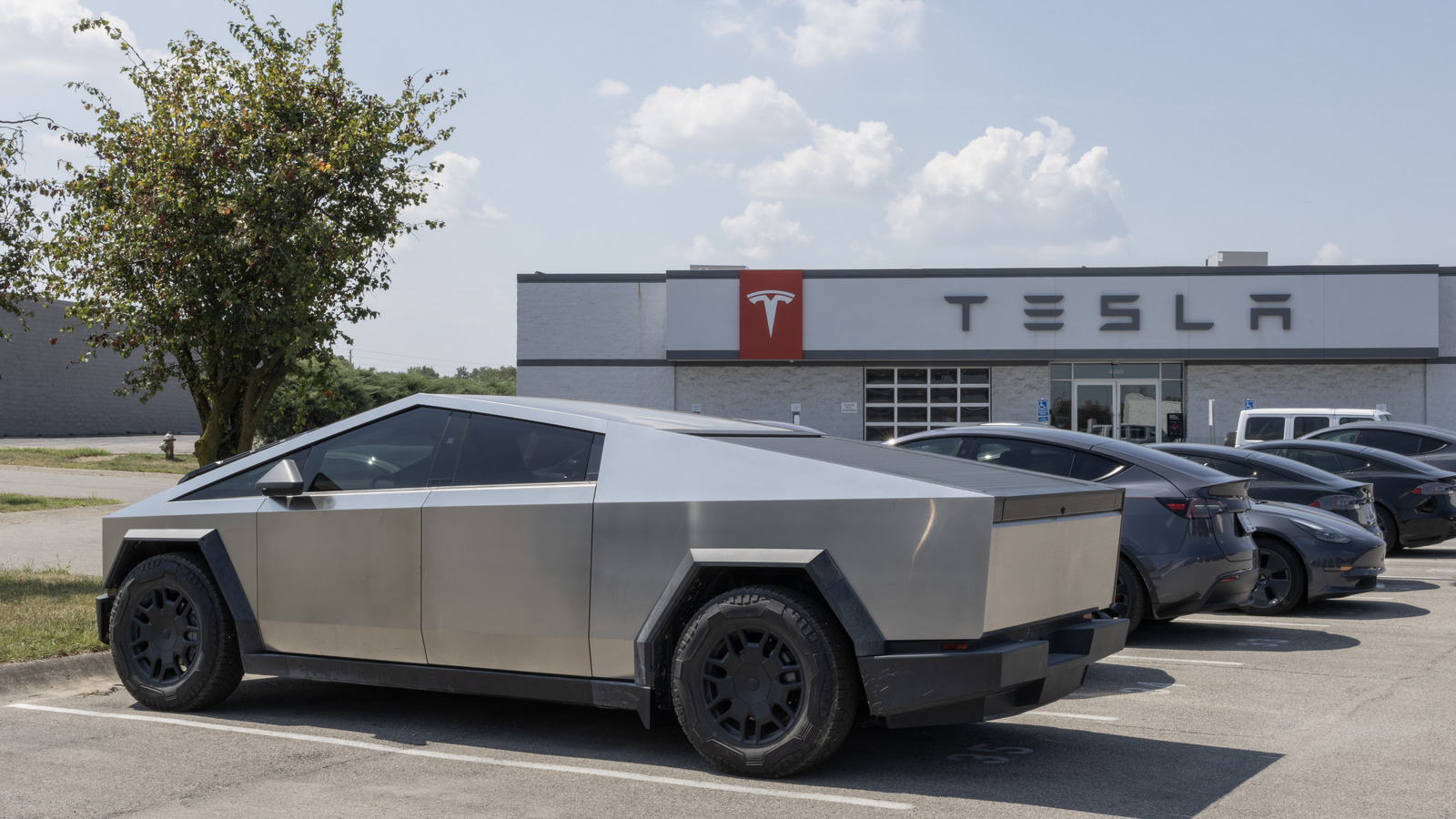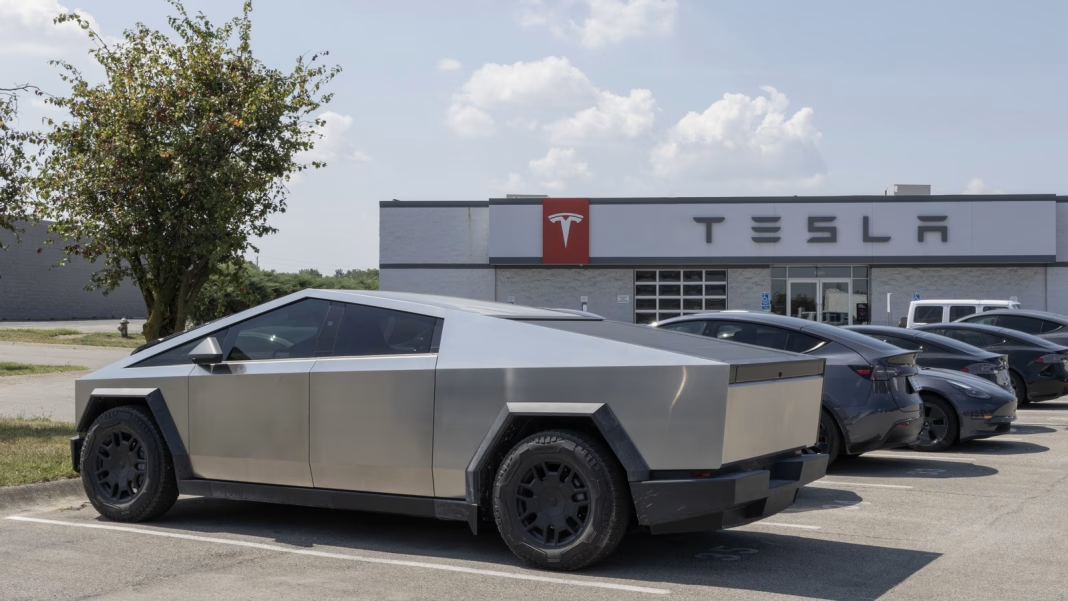Tesla has been a trailblazer in the electric vehicle (EV) market, but recent trends suggest that the company may face some significant challenges ahead. Analysts are raising concerns about a potential decline in Tesla’s vehicle deliveries, pointing to a combination of waning consumer demand and political factors that could reshape the landscape for electric vehicles in the United States.
What’s Behind the Declining Demand for Tesla?
As the novelty of electric vehicles wears off, some consumers are becoming more selective about their purchases. The initial excitement surrounding Tesla’s innovative technology and sleek designs has started to level off, leading to a more competitive market. Other automakers are ramping up their EV offerings, which means Tesla is no longer the only game in town. Brands like Ford, Volkswagen, and even traditional giants like General Motors are rolling out their own electric models, often at competitive prices. This increased competition can dilute Tesla’s market share and, consequently, its delivery numbers.
Moreover, economic factors play a significant role. With inflation affecting consumer spending, potential buyers may be hesitant to invest in a new vehicle, especially one that comes with a higher price tag. The cost of living is rising, and many people are prioritizing essential expenses over luxury items like a new car. This shift in consumer behavior could lead to a decline in Tesla’s sales figures.
How Political Changes Could Impact Tesla
Adding to the mix is the political landscape. Former President Trump has made headlines with his promise to eliminate federal incentives for electric vehicles. These incentives have been crucial in making EVs more affordable for the average consumer. If these incentives are removed, the cost of purchasing a Tesla—or any electric vehicle—could rise significantly, further dampening demand.
The EV market has largely benefited from government support, and any moves to retract that support could have a ripple effect. Consumers who might have considered making the switch to electric could think twice if the financial benefits are no longer available. This could lead to a slowdown in the adoption of electric vehicles, which is contrary to the broader goals of reducing carbon emissions and promoting sustainable transportation.
What Does This Mean for Tesla’s Future?
While Tesla has built a strong brand and loyal customer base, it’s clear that the company must adapt to these changing dynamics. The focus should shift towards innovation and enhancing customer experience. Tesla could explore new features, improve battery technology, or even adjust pricing strategies to remain competitive.
Additionally, expanding into new markets or diversifying their product line could help mitigate some of the risks associated with declining demand in the U.S. market. For instance, the company could invest more in developing affordable models that appeal to a broader audience, rather than just the premium segment.
The big takeaway? Tesla’s journey isn’t about perfection—it’s about smarter adjustments. The landscape is shifting, and the company must navigate these changes thoughtfully. Start with one change this week, and you’ll likely spot the difference by month’s end. Whether it’s enhancing customer engagement or innovating new products, the path forward will require flexibility and a keen understanding of market trends.


